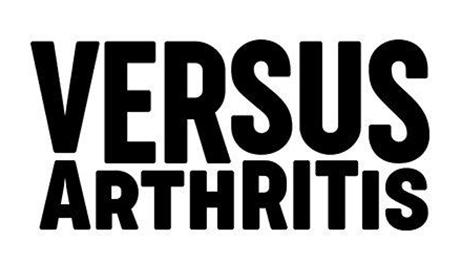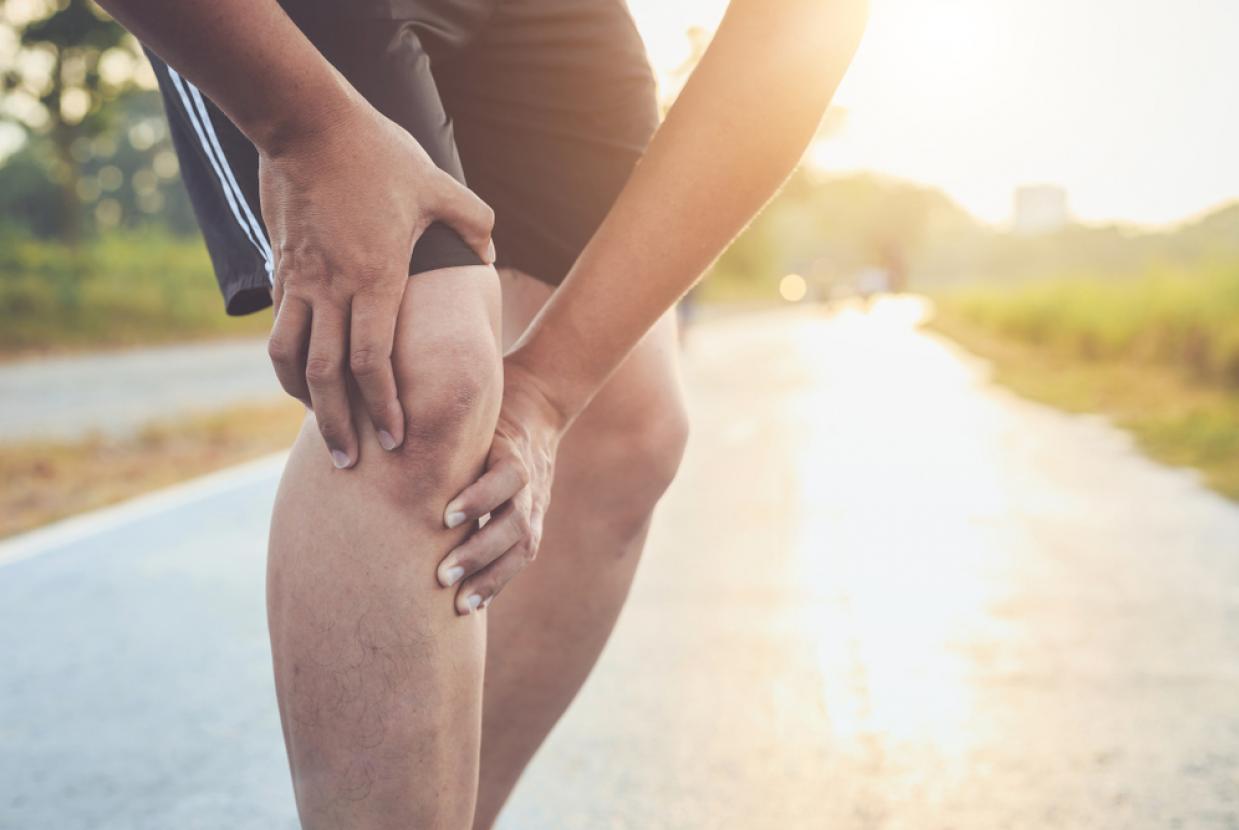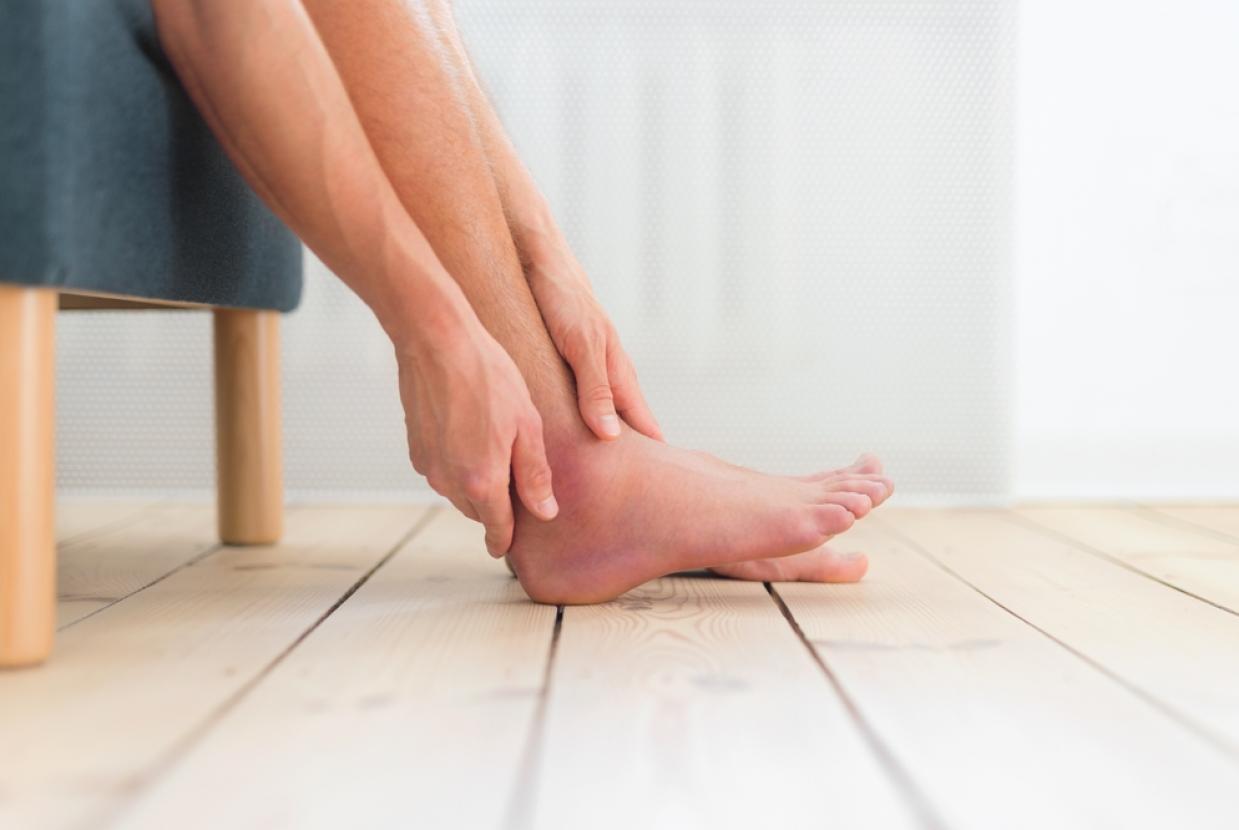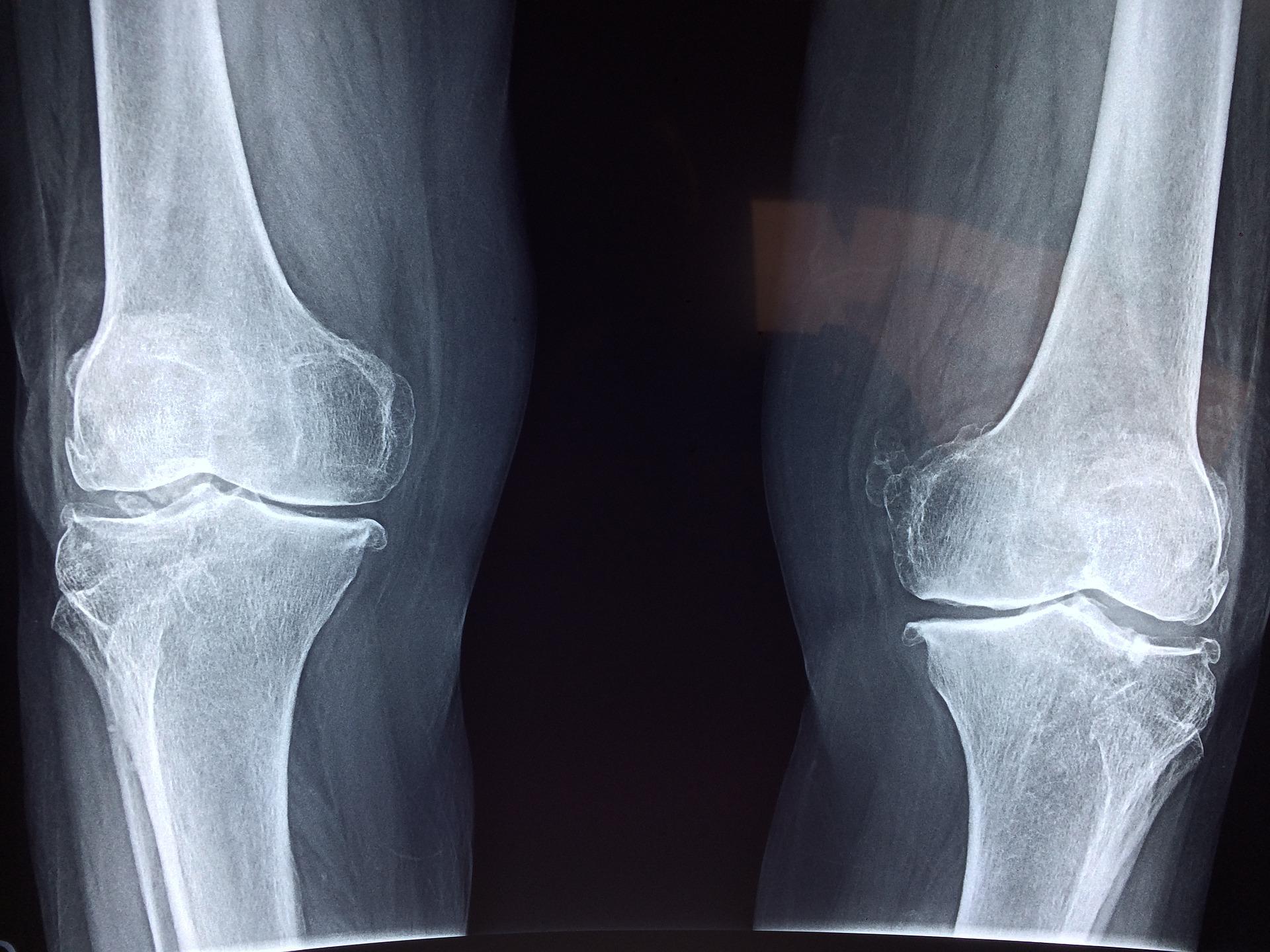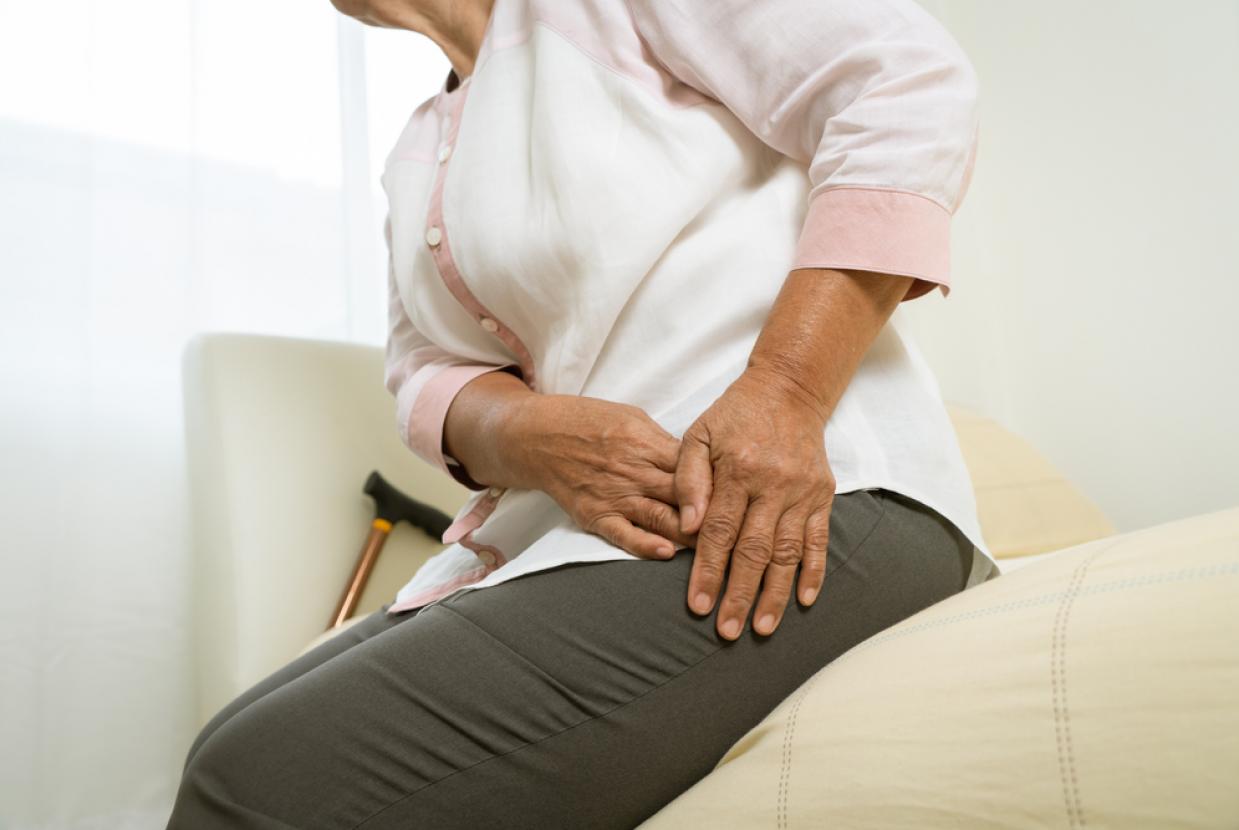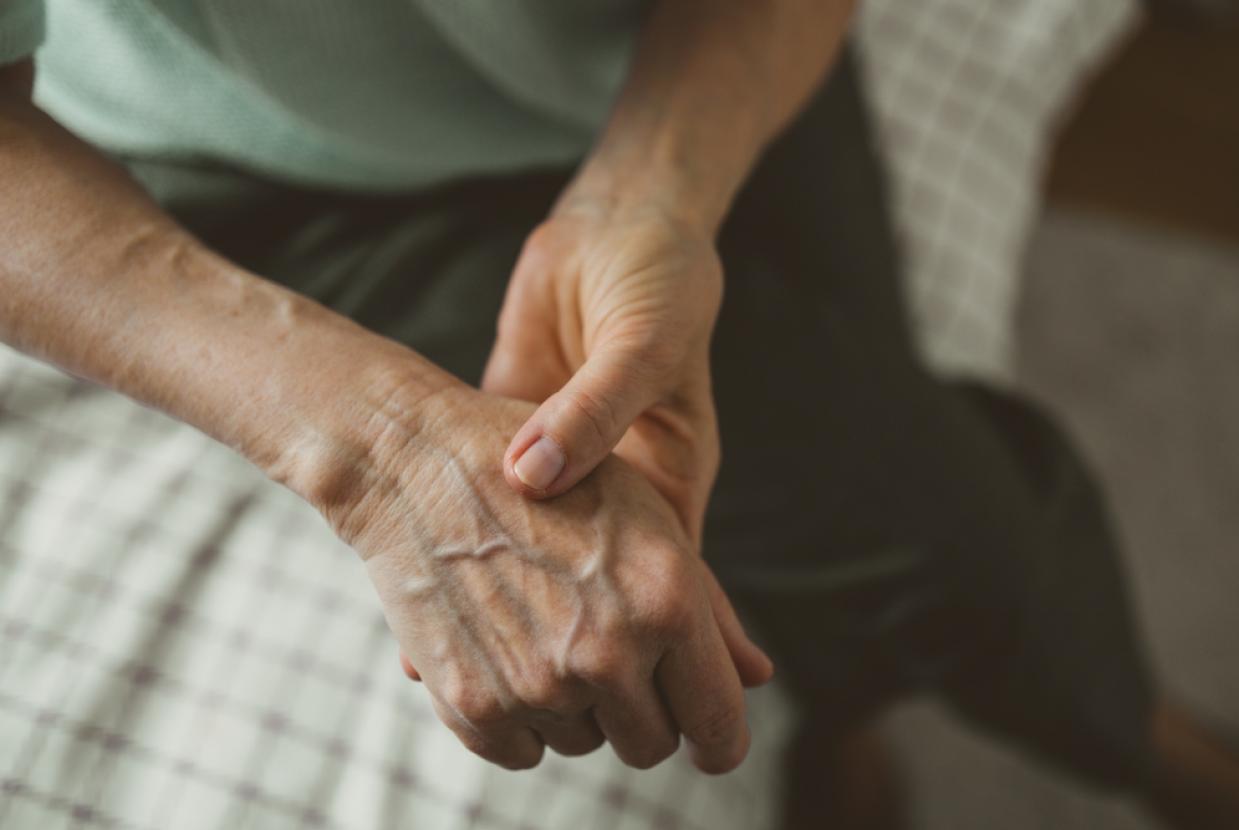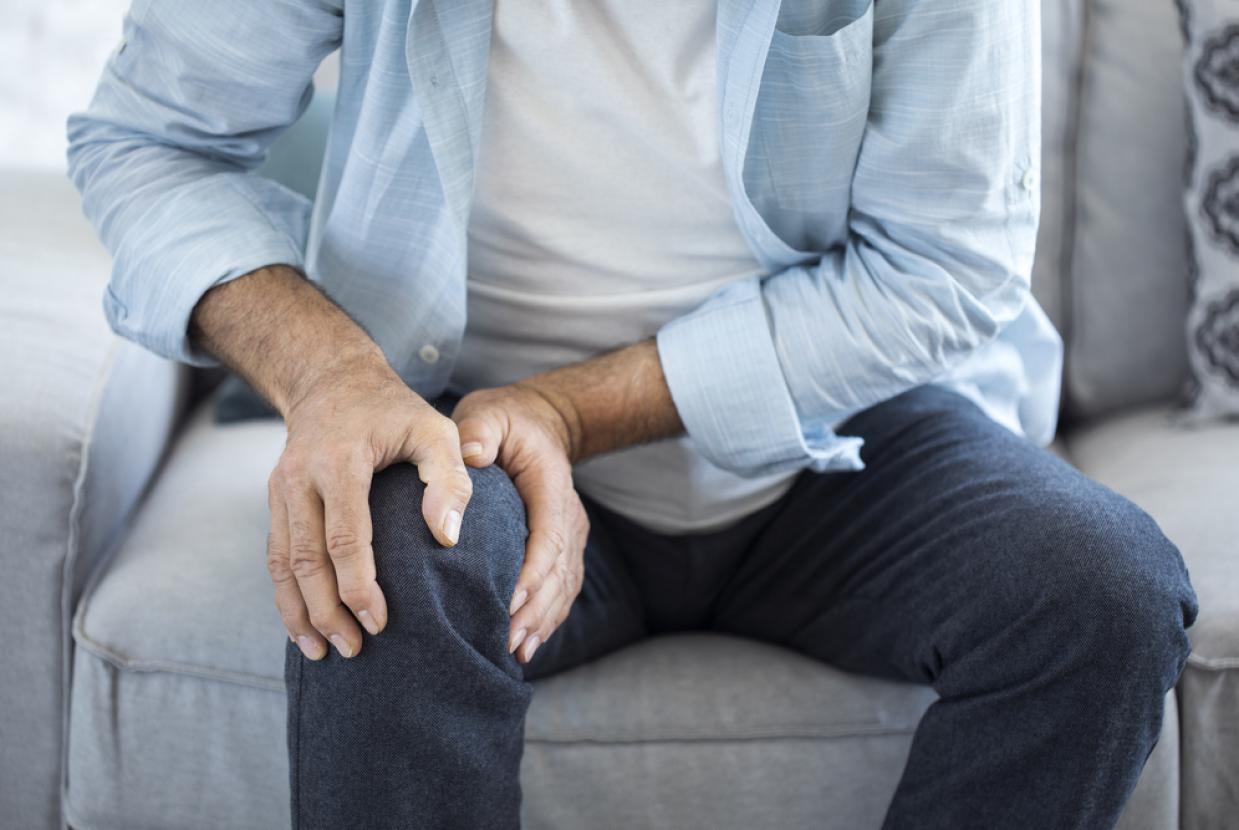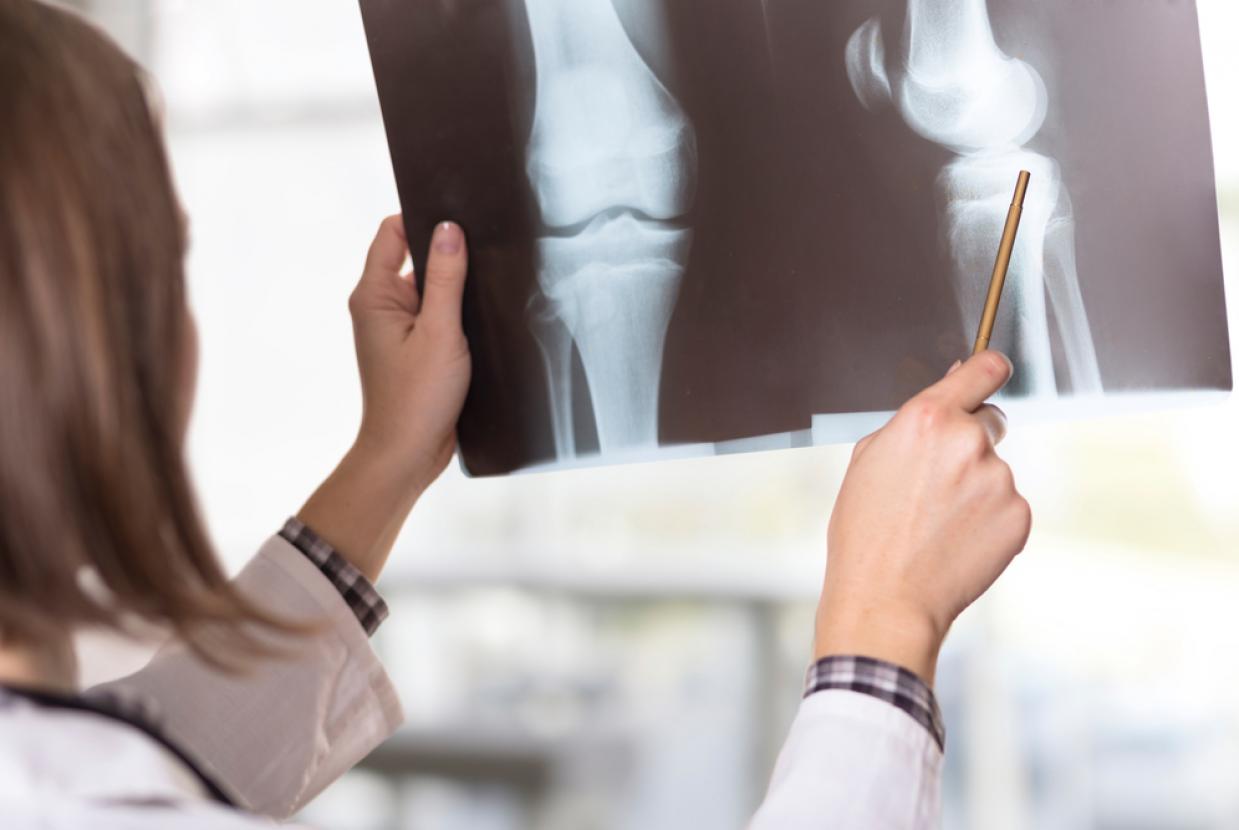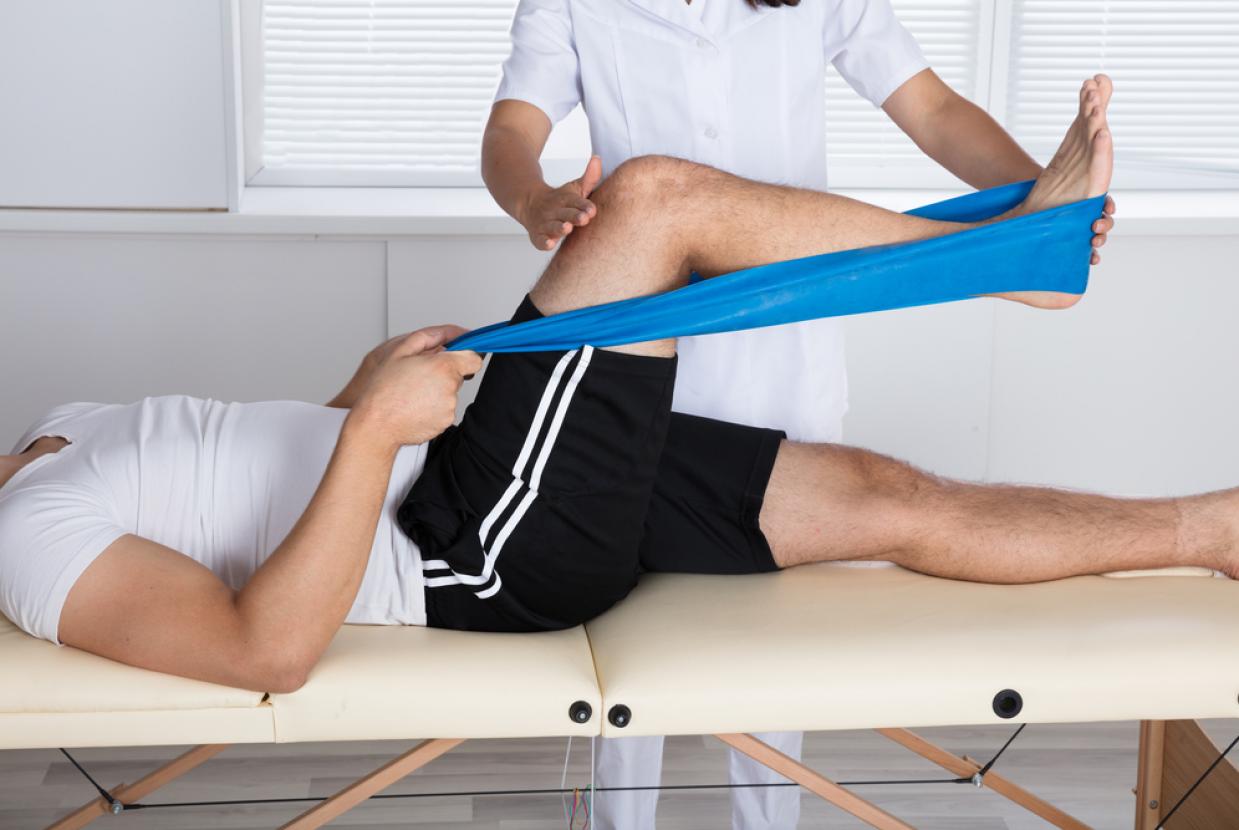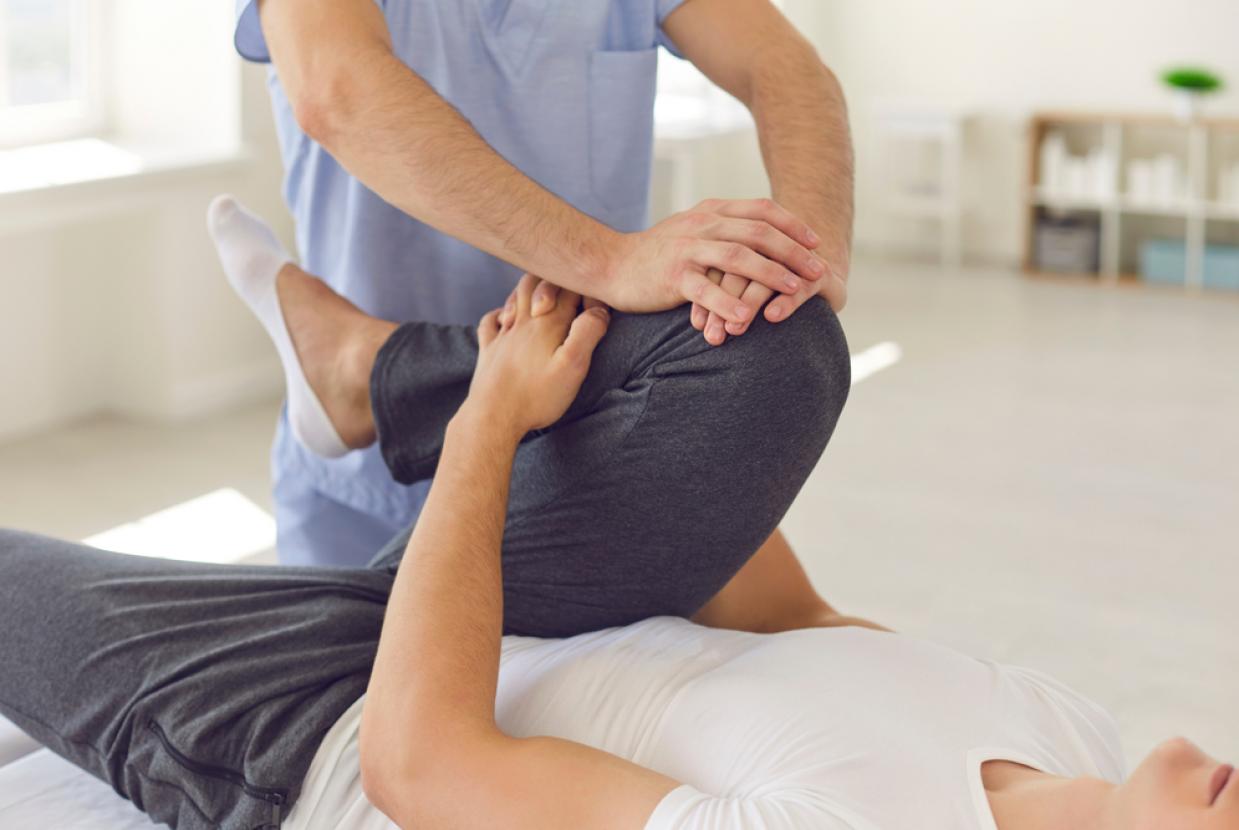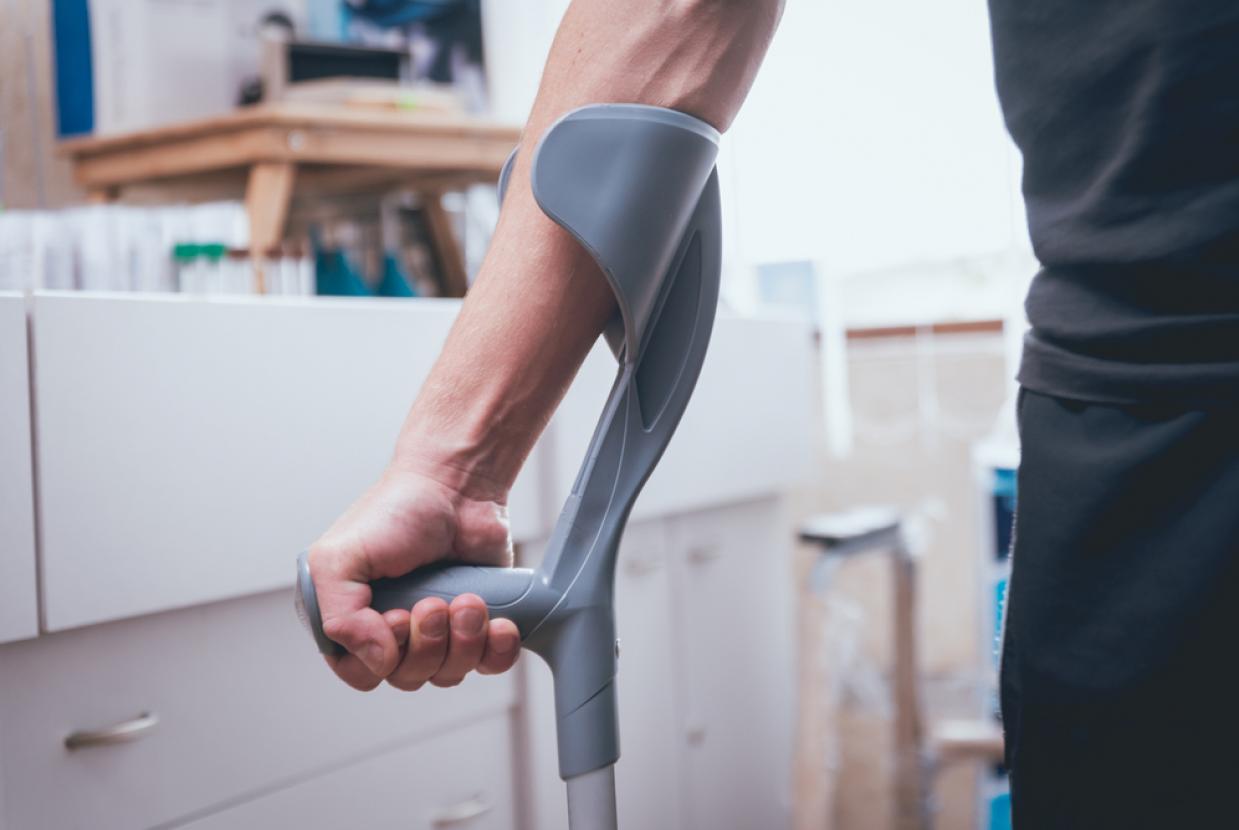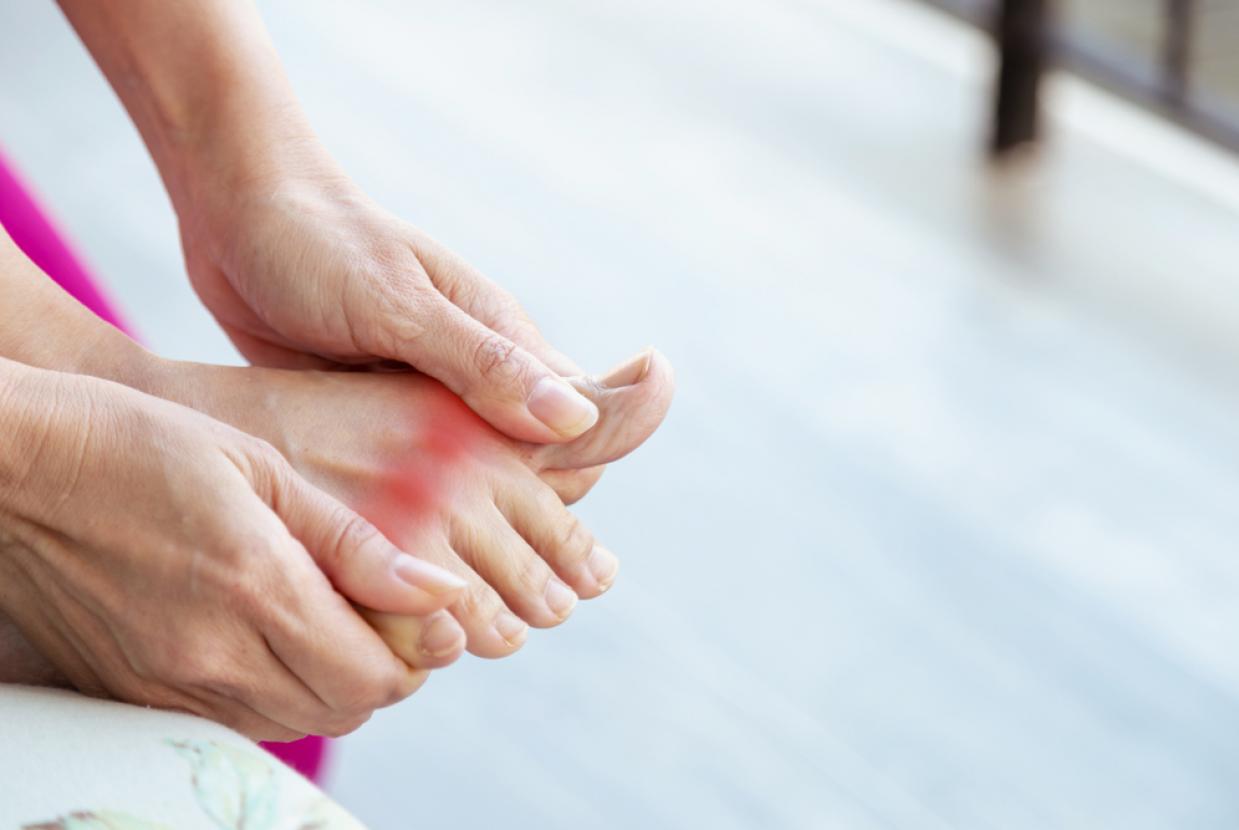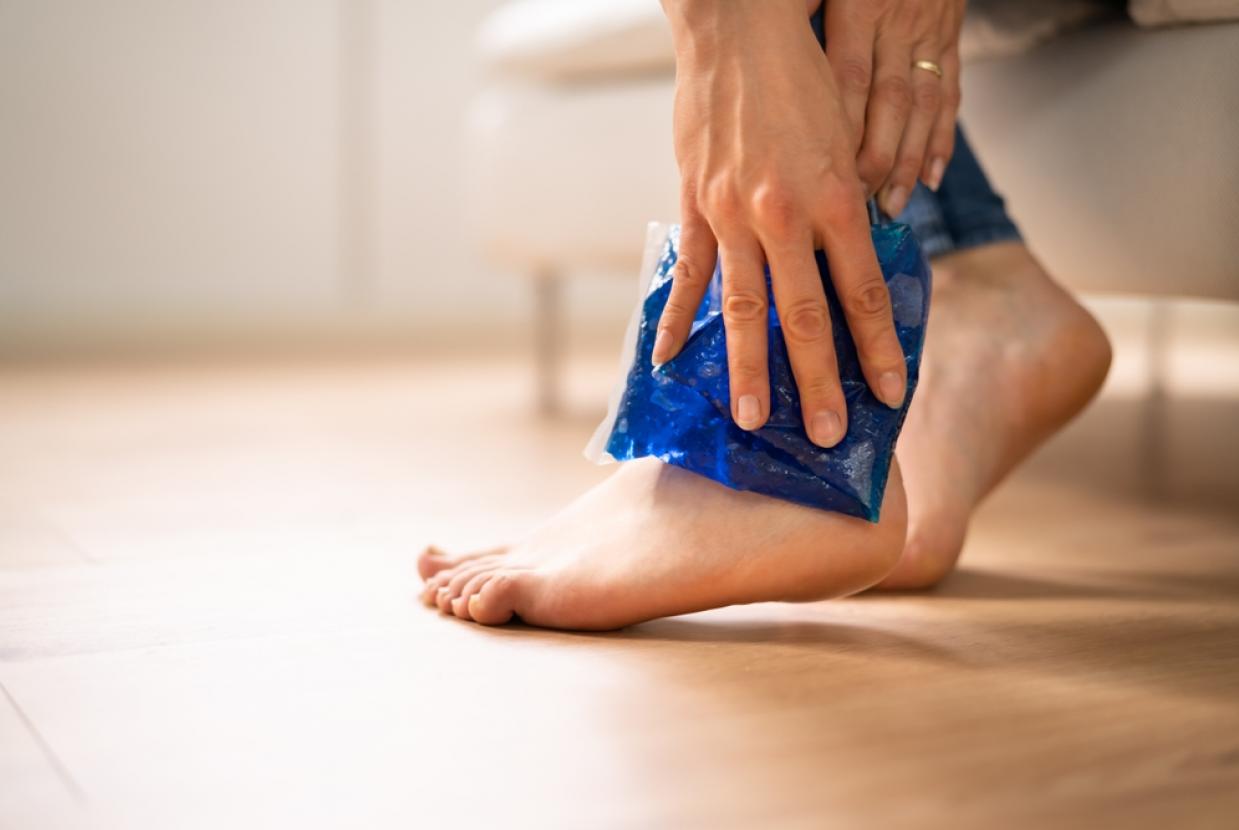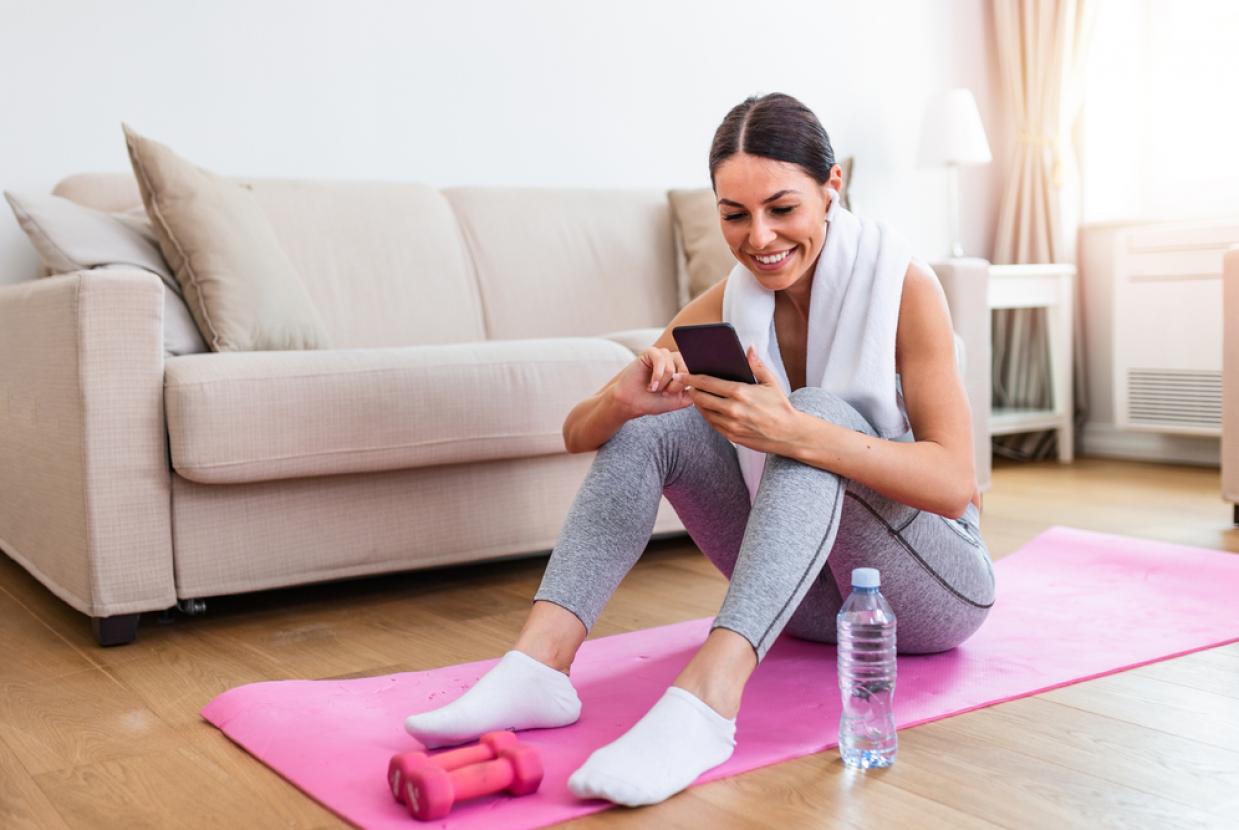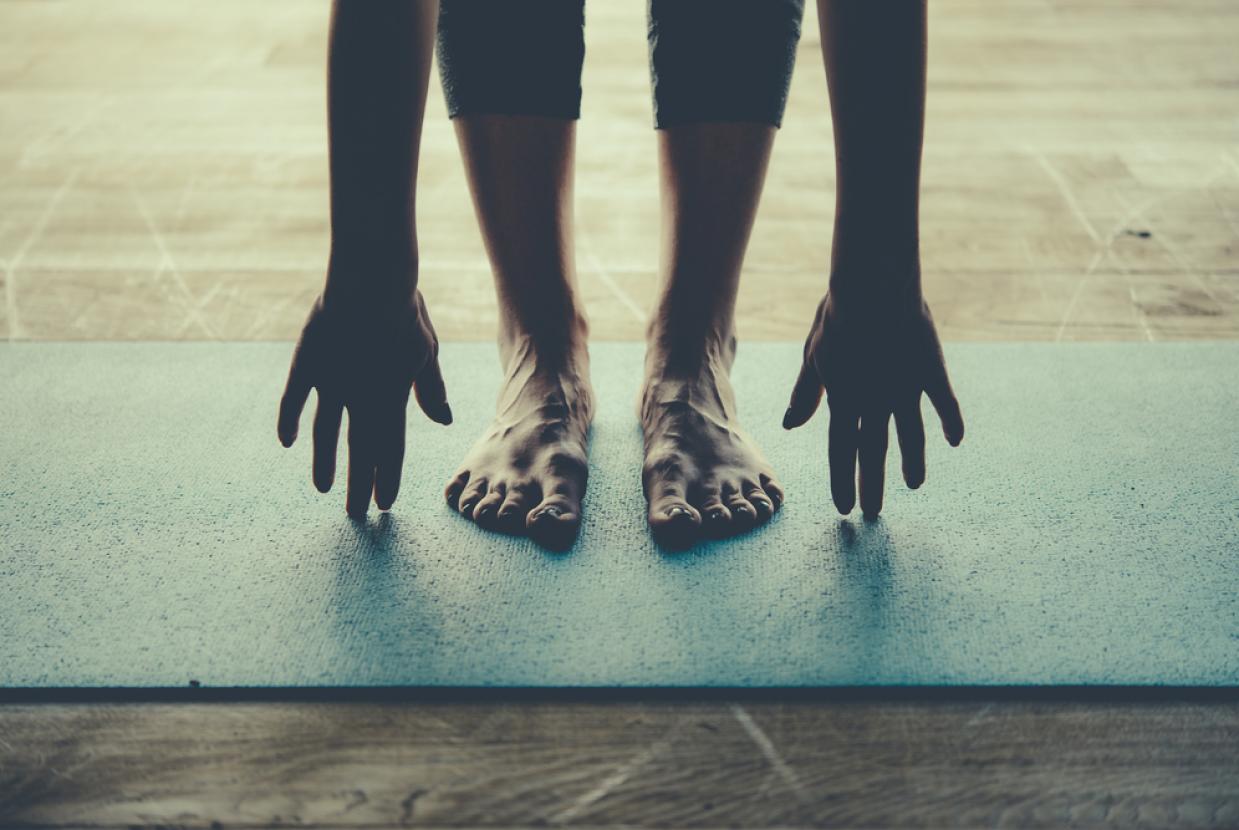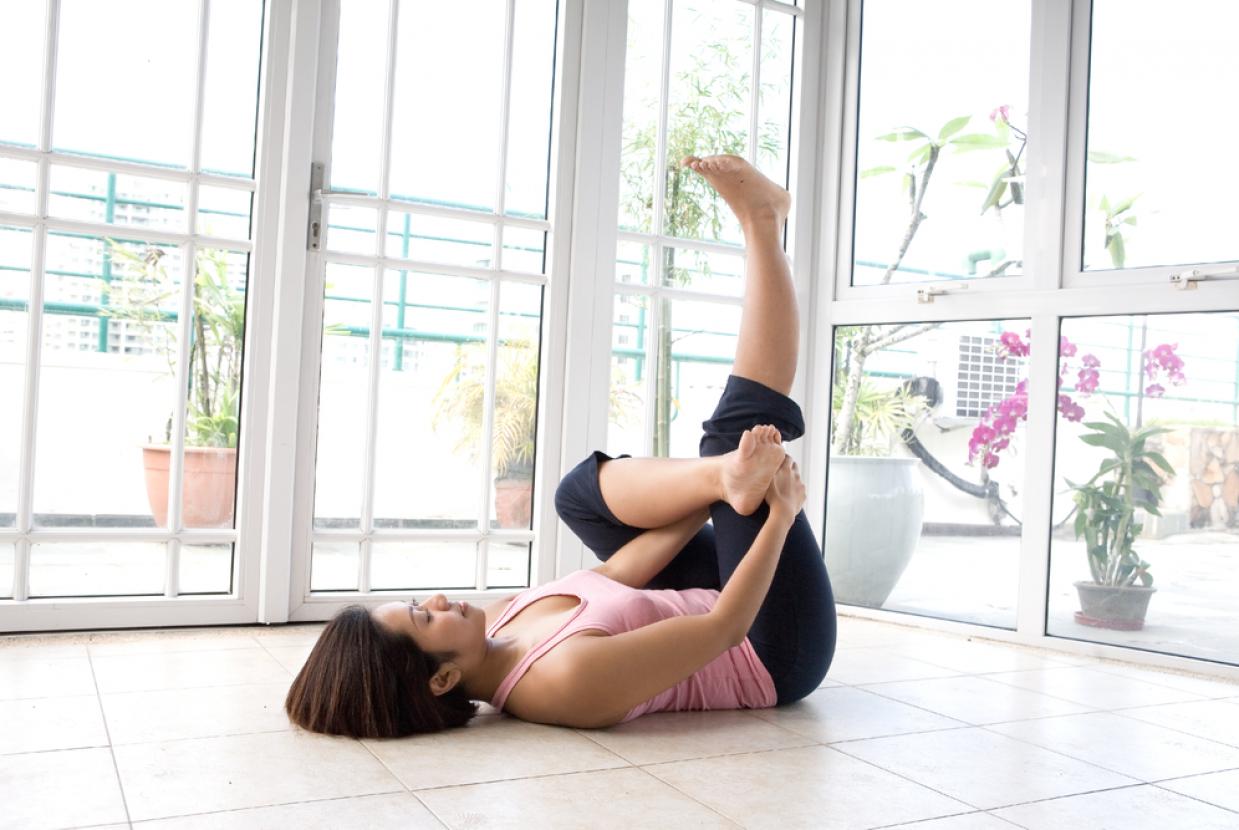Running With Arthritis: Physiotherapists' Tips
Arthritis/Back Pain/Joint Pain / Get FitEvery year, hundreds of people lace up their trainers and take on running events for Versus Arthritis. One of these is Heather, 58, who lives with rheumatoid arthritis, and is running the 2024 TCS London Marathon.
“I feel a sense of achievement when I run," she says. "I always try and think about how far I’ve come not how far I’ve got to go. Also, I’m very aware that movement is so important for my rheumatoid arthritis.”
We know that running can be a great way to stay active, strengthen your joints and boost your mental wellbeing for some people. But if it’s not for you, that’s okay. There are plenty of low-impact exercises that might suit you instead, like walking, swimming or our exercise programme, Let’s Move with Leon.
The most important thing is just to listen to your body, start slowly, and talk to your healthcare team if you experience any pain that’s out of the ordinary.
Want to start running? To give you a helping hand, we asked two physiotherapists. Dr Roanna Burgess and Peter Dimbleby, for their expert tips and advice on running if you have arthritis.
Can I run if I have arthritis?
“It’s an individual decision,” says Roanna. "For some people, running can be great. For others, it can feel like a real challenge. So, it’s about finding out whether it’s the right exercise for you.
“It might be that you need to do some strength work, improve your joint range, or improve your flexibility first, before you get started," she adds.
“If running is painful, it might be worth speaking to a healthcare professional who can help support your goal or suggest other low impact exercises you can try instead, like swimming.”
What to wear
One of the best parts about running is that you don’t need a lot of fancy clothing or equipment to take your first step. “Just find something that feels comfortable and right for you, so you don’t feel self-conscious,” says Peter.
Running shoes
For Roanna, one of the most helpful pieces of kit you can get is supportive running shoes. “Having good footwear can help protect you from getting injured when you’re running, so that’s a good starting point,” says Roanna.
“So, if you’ve got trainers that you’ve had for a number of years and they’re a bit old and worn, it might be worth investing in a new pair.
Getting started
If you’ve not been particularly active in the past, there are plenty of running plans for beginners, like Couch to 5K, that can help you take the first step. Or you could join a local running event like Parkrun.
“These are a great way of structuring yourself and helping you build up your fitness steadily,” says Roanna. “It’s a useful way to evaluate and ask yourself: have I done a bit more than last week? How is my body feeling? Can I keep progressing at this pace or do I need to stick at this level?”
Warming up and cooling down
It’s important to warm up before any exercise because this helps your body prepare and reduces the risk of injury. A warm-up should increase your heart rate and body temperature, which helps your muscles get ready for exercise.
You could get started with a light jog or do some dynamic stretches to get started. These are active movements where your joints and muscles go through a full range of motion. After you’ve exercised you can repeat some of the movements you did in your warm-up to help cool your body down. This will help reduce stiff joints or muscles after exercise.
Starting slowly
It’s always best to start slowly and listen to your body. “It’s not about going straight into running. It’s really important to build up the foundation, so that might mean starting off walking," explains Roanna.
“Maybe you could try a walk/run programme where you run for two minutes then walk for one minute and repeat this five times. Rather than running for 10 minutes and then having to stop completely. Start gentle and up your distance, depending on how you feel and your symptoms."
Setting running goals
When you start a physical activity like running, it can be helpful to set yourself some goals. That way you can measure and see how far you’ve come since you started. When setting goals, don’t be too hard on yourself. Living with arthritis can be unpredictable and doing even a small amount of movement is still something to be proud of.
Not sure where to start? If you want to challenge yourself, you could take part in one of our unforgettable events across the UK. In doing so, you’ll join thousands of runners on iconic routes, have the experience of a lifetime, all while raising vital funds to support people with arthritis.
Make running enjoyable
Whatever physical activity you do, Peter says it’s about "getting to the point where you enjoy it and it’s part of your everyday life.”
“With running, I often find that it becomes more enjoyable if you can find someone else you can run with. You'd be amazed how much quicker it goes when you’re with friends than if you’re slogging it by yourself.”
Adding strength and flexibility exercises
On top of running, Roanna says it’s also worth adding some strength and flexibility exercises to your routine. This might include yoga, Pilates or exercises, such as squats and lunges.
“These will strengthen your muscles, which can help control and take the stress of the impact when you’re running,” says Roanna. If you need a helping hand, Peter recommends chatting to a physiotherapist. “Physiotherapists are well placed to provide support, encouragement and even specific exercises that might be helpful.”
Recovering after a run
There are small steps you can take to help you bounce back after a run. Roanna says it’s important that you:
- Take time to cool down.
- Get plenty of sleep.
- Eat well and stay hydrated.
- Allow yourself rest days.
“Some people also love using ice to help reduce inflammation in their muscles. There’s lots of different tips and tricks out there, so it’s about finding whether you personally find them useful or not,” says Roanna.
Listen to your body
Sometimes when we start a new activity or exercise, we can push ourselves a bit too far. It’s normal to feel a bit of discomfort or soreness in your muscles before or after exercise, especially if you’re just getting started. But if you find you have significantly more or worse pain, you should stop and talk to a healthcare professional about it.
“It’s about knowing your own body and understanding whether this is your normal arthritis pain and what is a new achy pain,” says Peter. “Inevitably, when you start running, you might get some fatigue and discomfort. So, it's about trying to distinguish whether it’s a flare-up of your symptoms or normal training discomfort.”
“If it’s training discomfort, it should settle down in a day or two back to your usual levels. But if it persists, it’s worth talking to your healthcare team,” says Roanna.
Don’t be hard on yourself
When you’re tired, stiff or in pain, there may be times when you need to rest – and that’s okay. “Don’t beat yourself up about it,” says Roanna. “Give yourself a rest because chances are you’re tired and need a bit of time out. People can be very hard on themselves – and it’s important to be mindful of that.”


